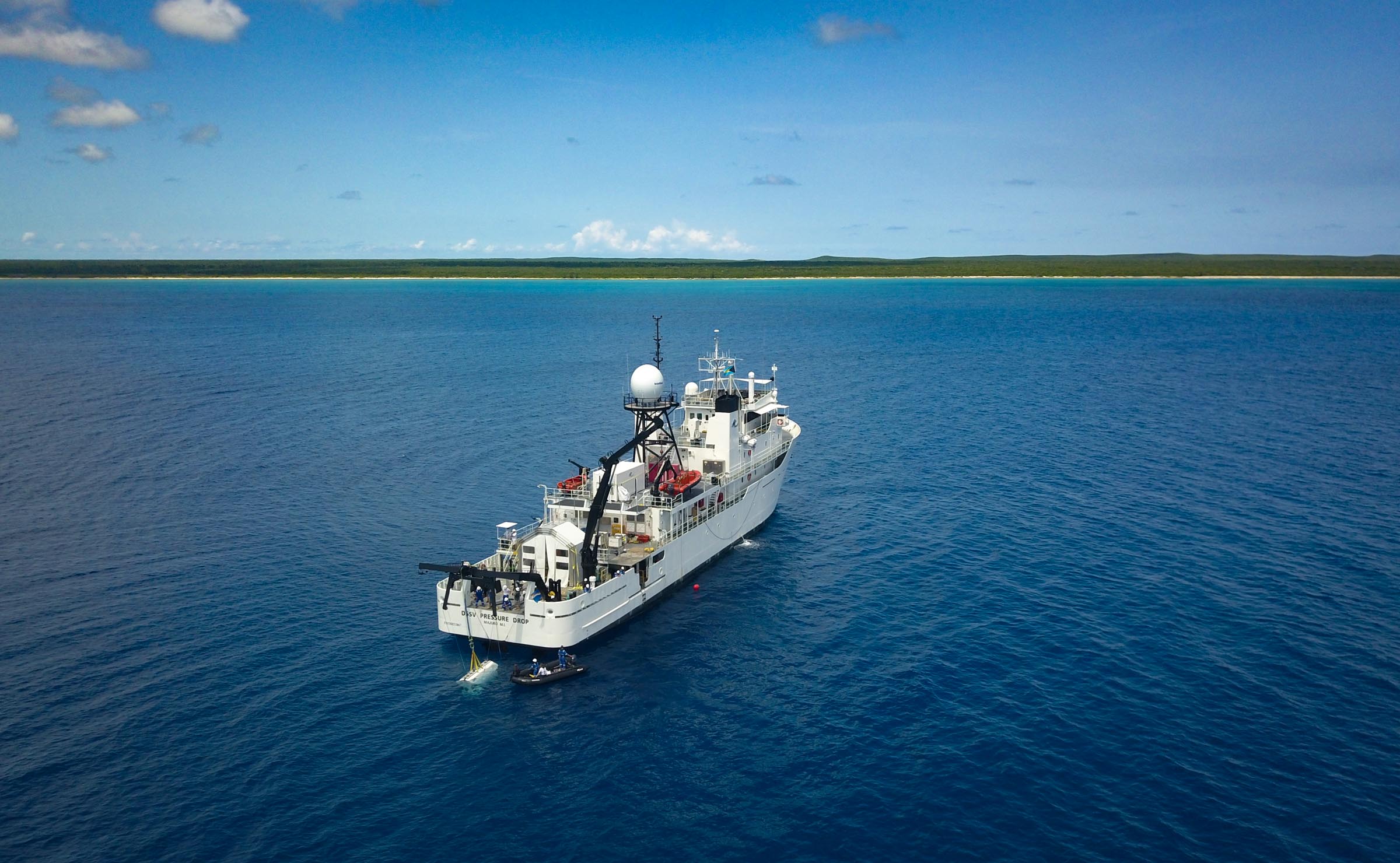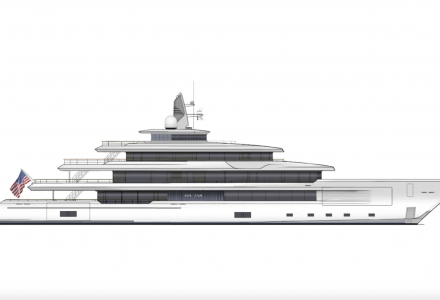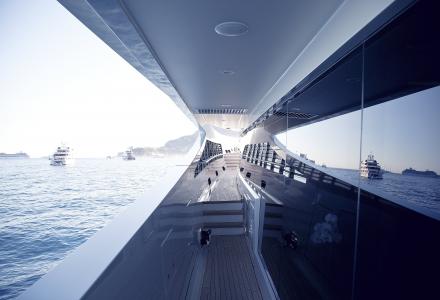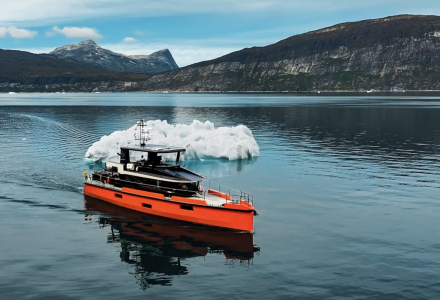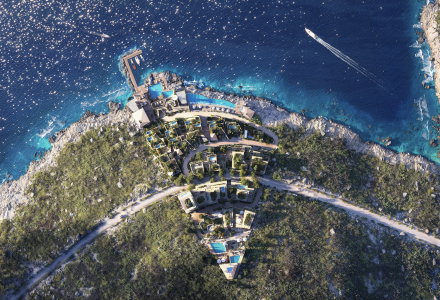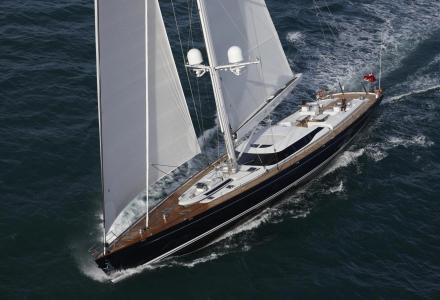4 yachts were presented this year in the Voyager's Award nomination at World Superyacht Awards .
#1. Dorothea III is a 44.8 m / 147′0″ luxury motor yacht. She was built by Cheoy Lee in 2007. With a beam of 9.2 m and a draft of 2.8 m, she has a steel hull and aluminium superstructure. This adds up to a gross tonnage of 473 tons. She is powered by CAT engines and a cruising speed of 13 knots. Dorothea III's maximum range is estimated at 3300 nautical miles.
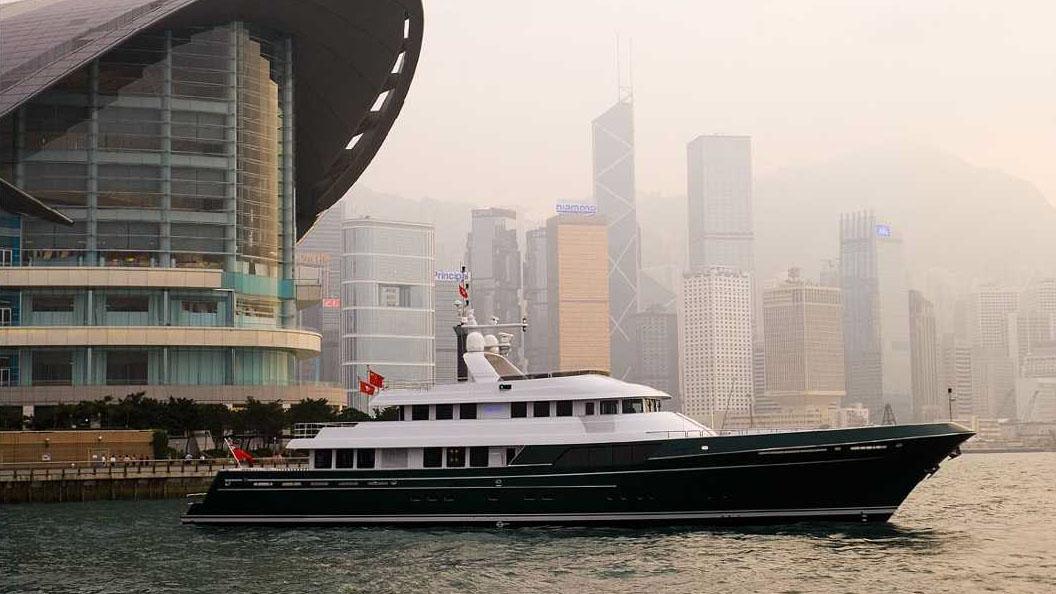
The yacht was designed by Ron Holland. The motor yacht can accommodate 10 guests in 5 cabins, comprising a master suite, 1 VIP stateroom, 1 double cabin, 1 twin cabin and 1 single cabin. She is also capable of carrying up to 10 crew onboard in 5 cabins.
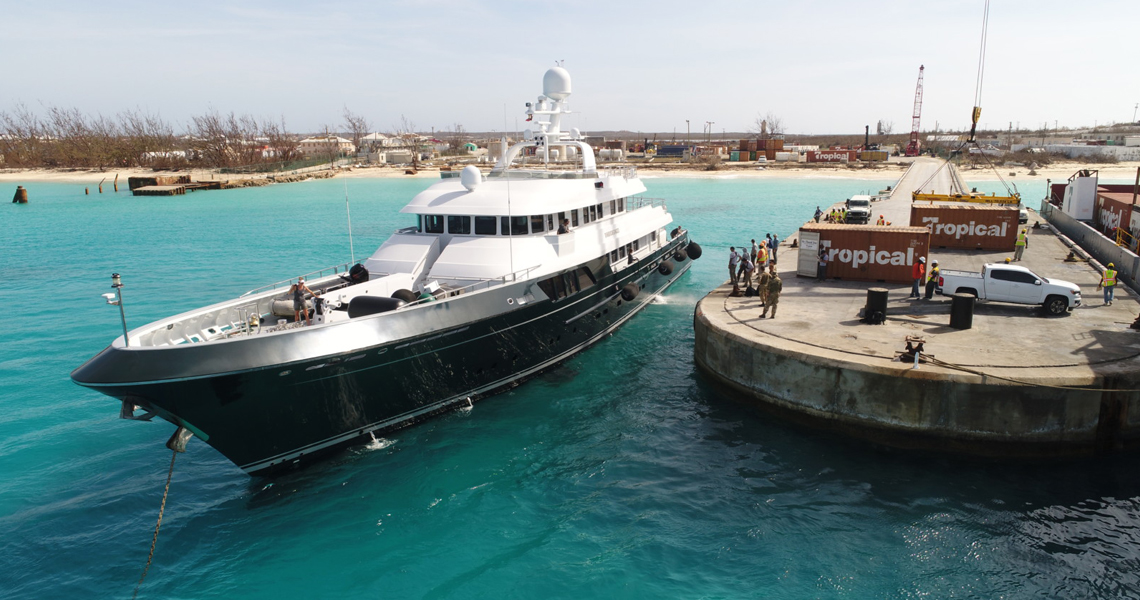
Dorothea III features a displacement steel hull and grp superstructure, with teak decks. She was built to Lloyds Register classification society rules, and is MCA Compliant.
This luxury yacht is also fitted with "zero speed stabilizers" which work at anchor, increasing on-board comfort when the yacht is stationary, particularly in rough waters.
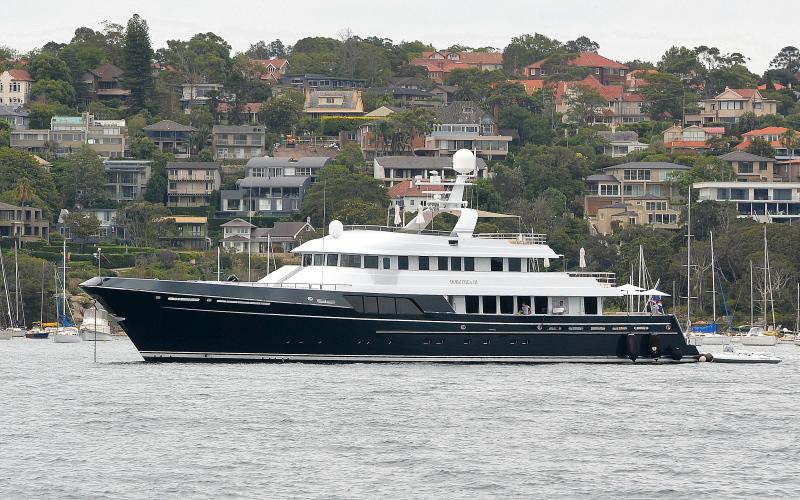
Powered by 1 Caterpillar 1,948hp diesel engines and propelled by her single screw propeller Motor yacht Dorothea III is capable of a top speed of 14 knots, and comfortably cruises at 10 knots. With her 61,000 litres fuel tanks she has a maximum range of 6,000 nautical miles at 10 knots. Her water tanks store around 14,000 litres of fresh water.
#2. Dream is a 60.05 m / 197′1″ luxury motor yacht. She was built by Abeking & Rasmussen in 2001and most recently refitted in 2013.
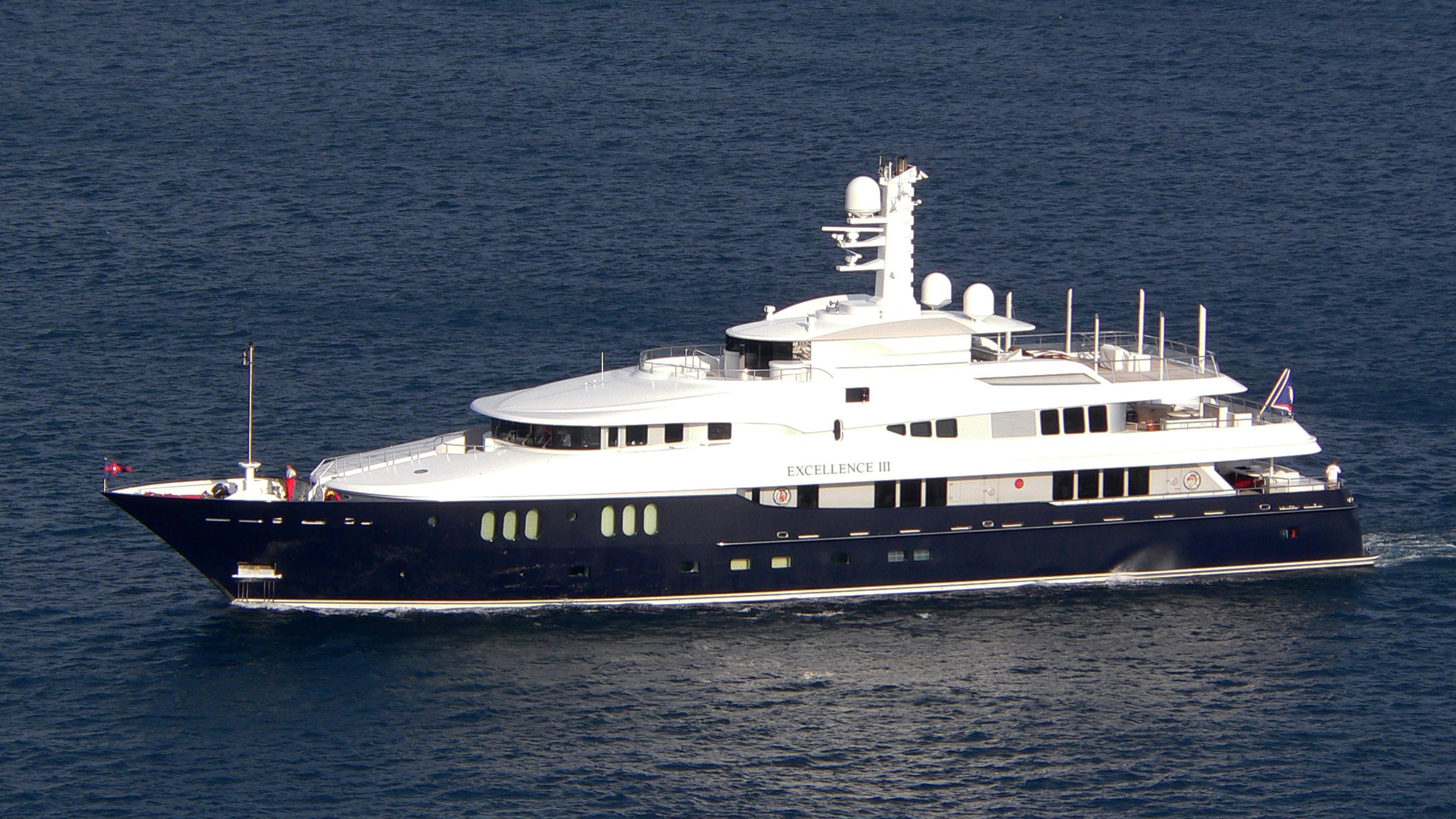
The motor yacht can accommodate 12 guests in 6 cabins. Her exterior design is by Donald Starkey. Her interior design is by Bannenberg & Rowell Design. Dream also features naval architecture by Abeking & Rasmussen.
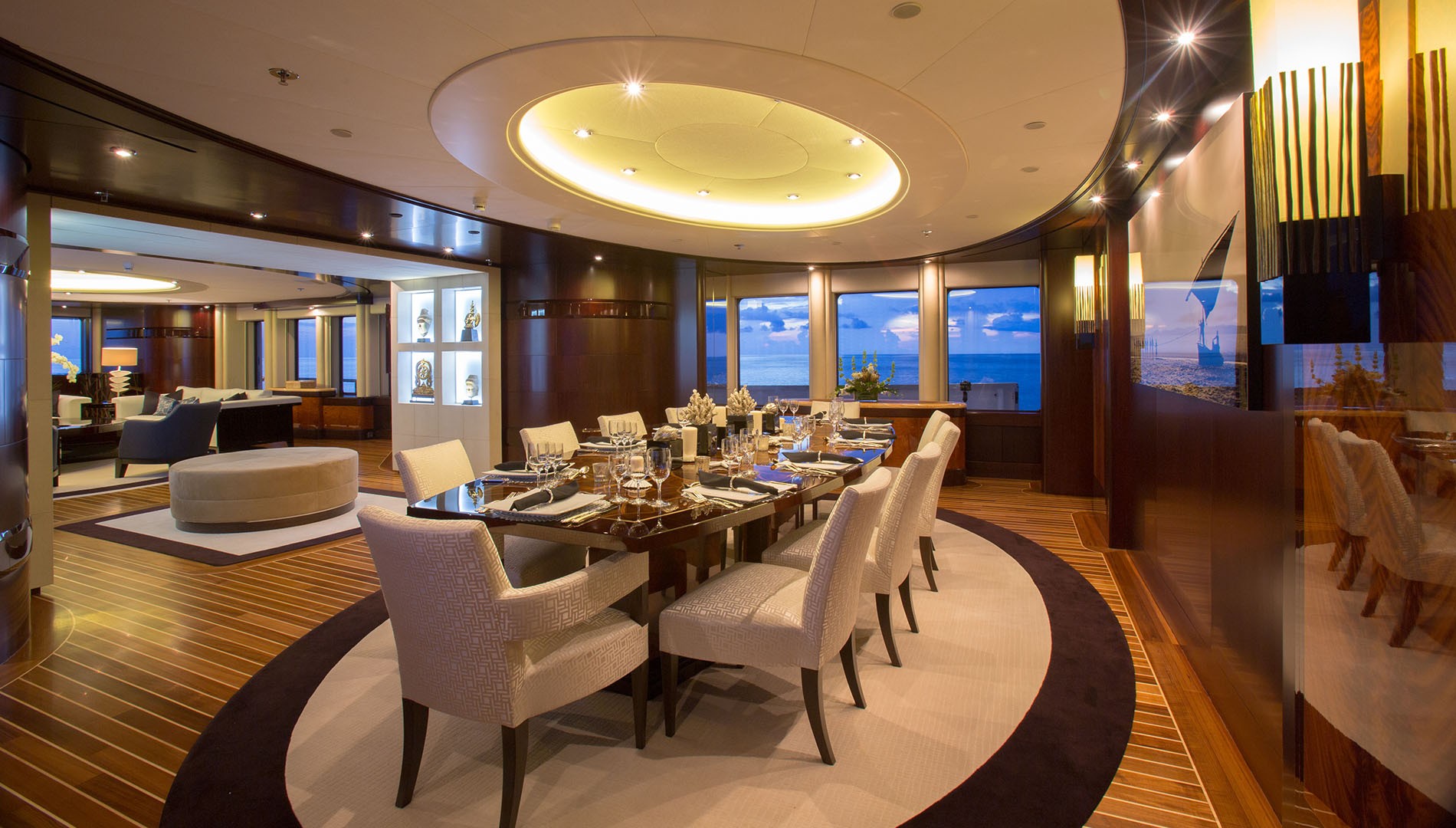
With a beam of 10.7 m and a draft of 3.4 m, she has a steel hull and aluminium superstructure. Dream is MCA compliant, her hull NB is 6430. This adds up to a gross tonnage of 910 tons. She is powered by engines of 2000 hp each giving her a maximum speed of 16 knots and a cruising speed of 14 knots.
#3. Marcato is a 43 m / 141′1″ luxury motor yacht. She was built by Hike Metal in 2006. With a beam of 9.45 m and a draft of 2.31 m, she has a steel hull and aluminium superstructure. This adds up to a gross tonnage of 491 tons. She is powered by Caterpillar engines of 1000 hp each giving her a maximum speed of 14 knots and a cruising speed of 12.5 knots. Marcato's maximum range is estimated at 5200 nautical miles.
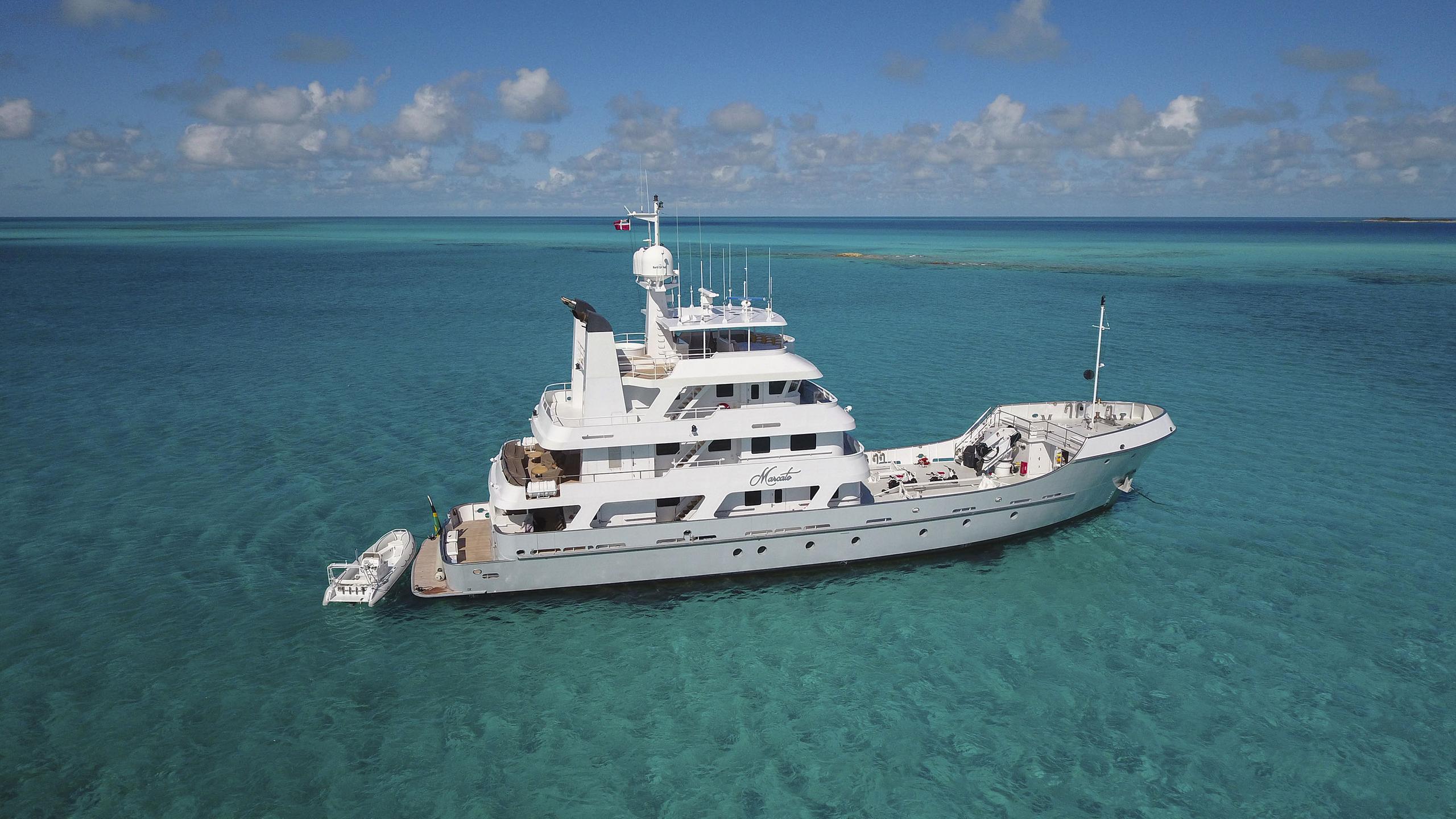
In 2016-2017 Marcato received a complete refit which included an interior refurbishment, paint job, redesign of some interior living spaces and upgrades to the latest audiovisual system. Marcato's indoor spaces are best described as contemporary, with new dark wood flooring, plush carpets and wood refinishing.

The main salon has a lovely lounge with comfortable seating, full bar, game table, day head, and media center. The dining area is finished in rich wood tones and features a large table for 12 guests.
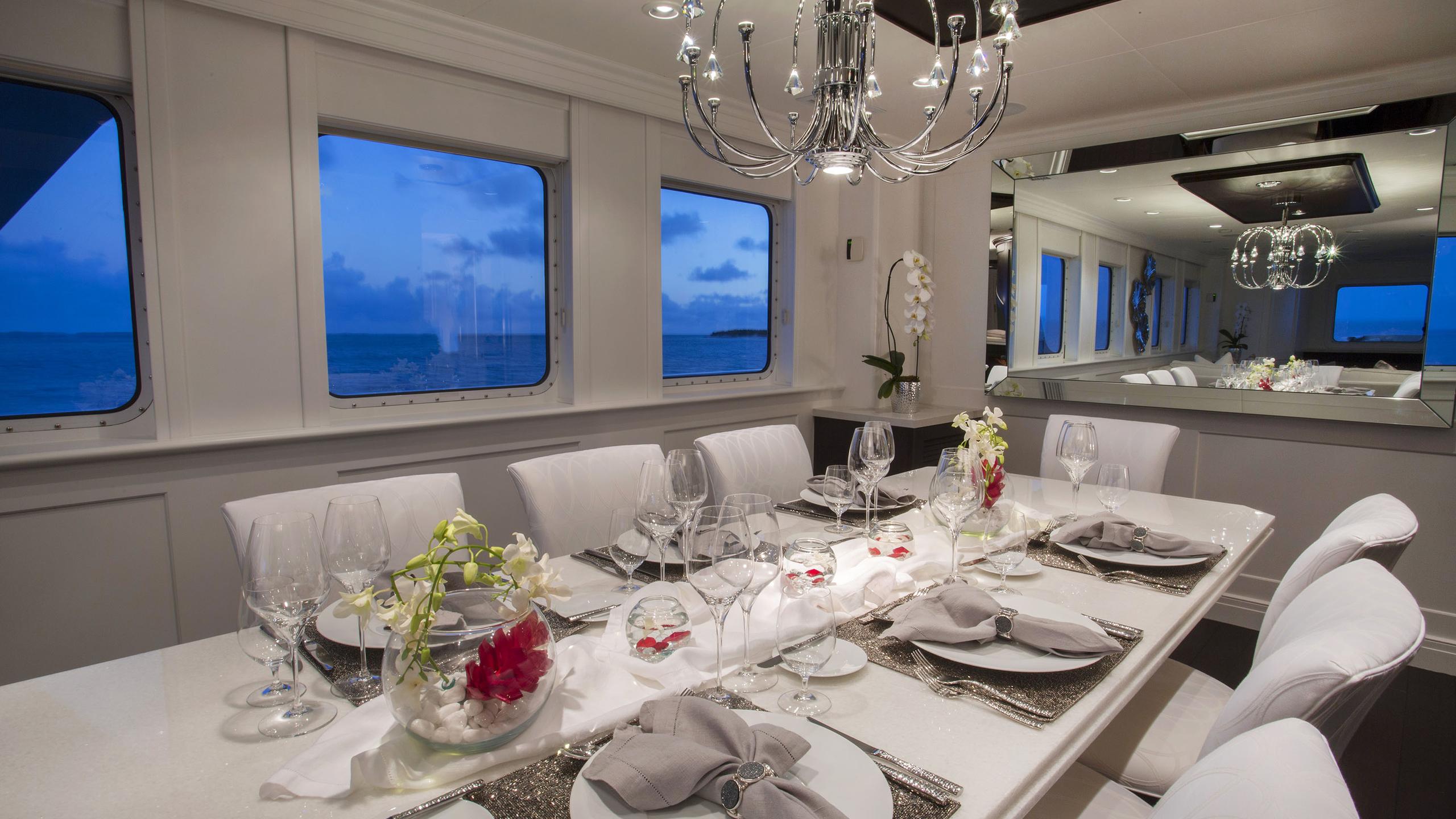
Newly refinished in 2017, five opulent cabins provide accommodation for a total of 12 guests and an exterior design by Guarino & Cox. The owner's master suite is located on its private deck and includes a king-size bed, a large wardrobe and a master ensuite with two showers and two sinks. Four well-appointed guest cabins are on the lower deck, including two double guests cabins and two triple. Each cabin has ensuite facilities, a large wardrobe and an individual climate control system. Located close to the guest rooms, the gymnasium features a rowing machine, free weights and can be used as a massage room.
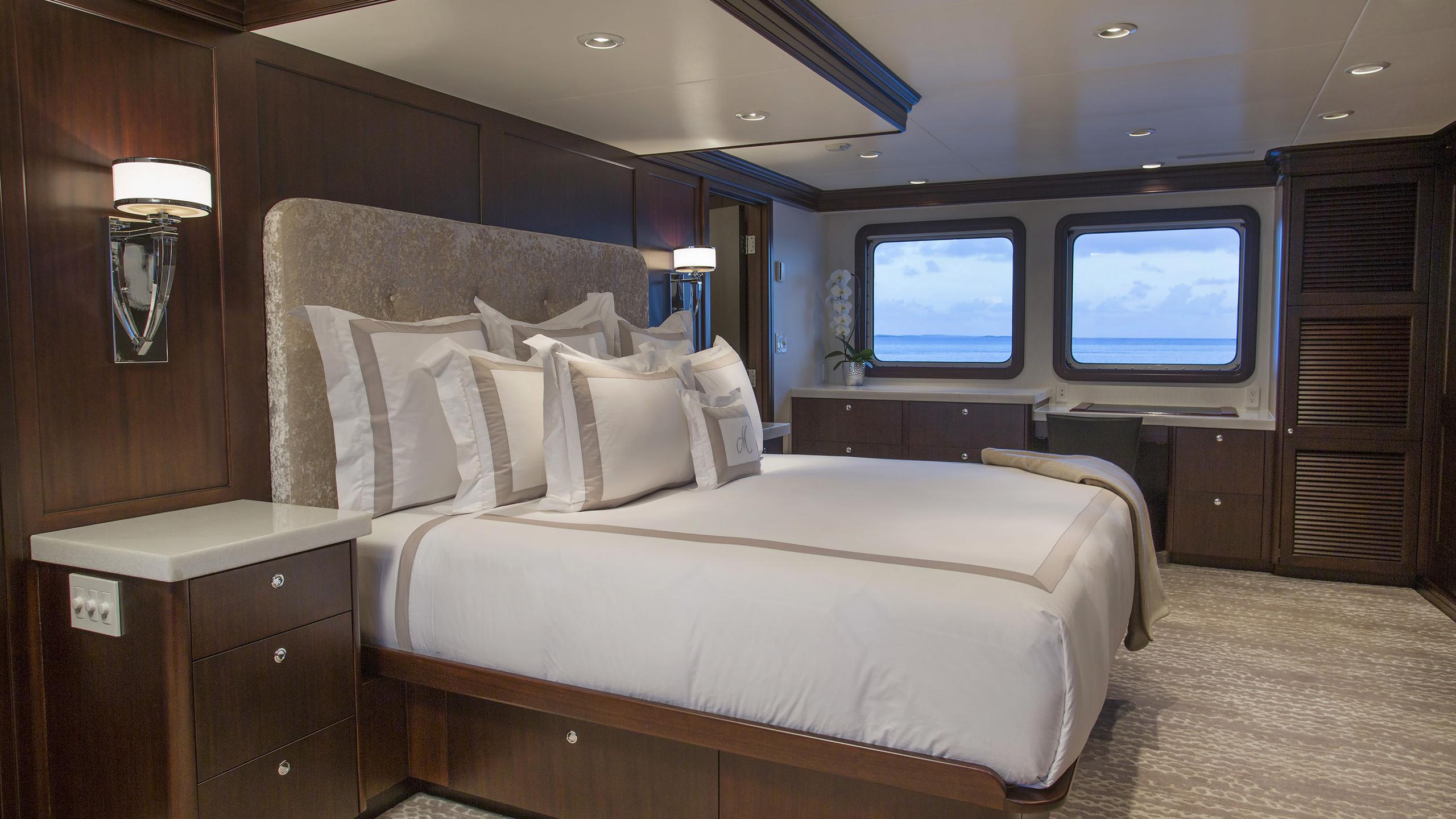
Luxury expedition yacht Marcato provides a large variety of water toys and tenders, such as a 32 ft SeaVee diesel inboard, a 23 ft Nautica inflatable tender, two Yamaha 3 seater wave runners and two sea kayaks.
#4. DSSV Pressure Drop was built in 1985 in Tacoma, Washington. At 68.3 m / 224 ft in length, with accommodation for up to 47 persons, and with a 12 ton A-Frame fitted astern, she is the ideal platform from which to conduct scientific and research projects using a manned submersible.
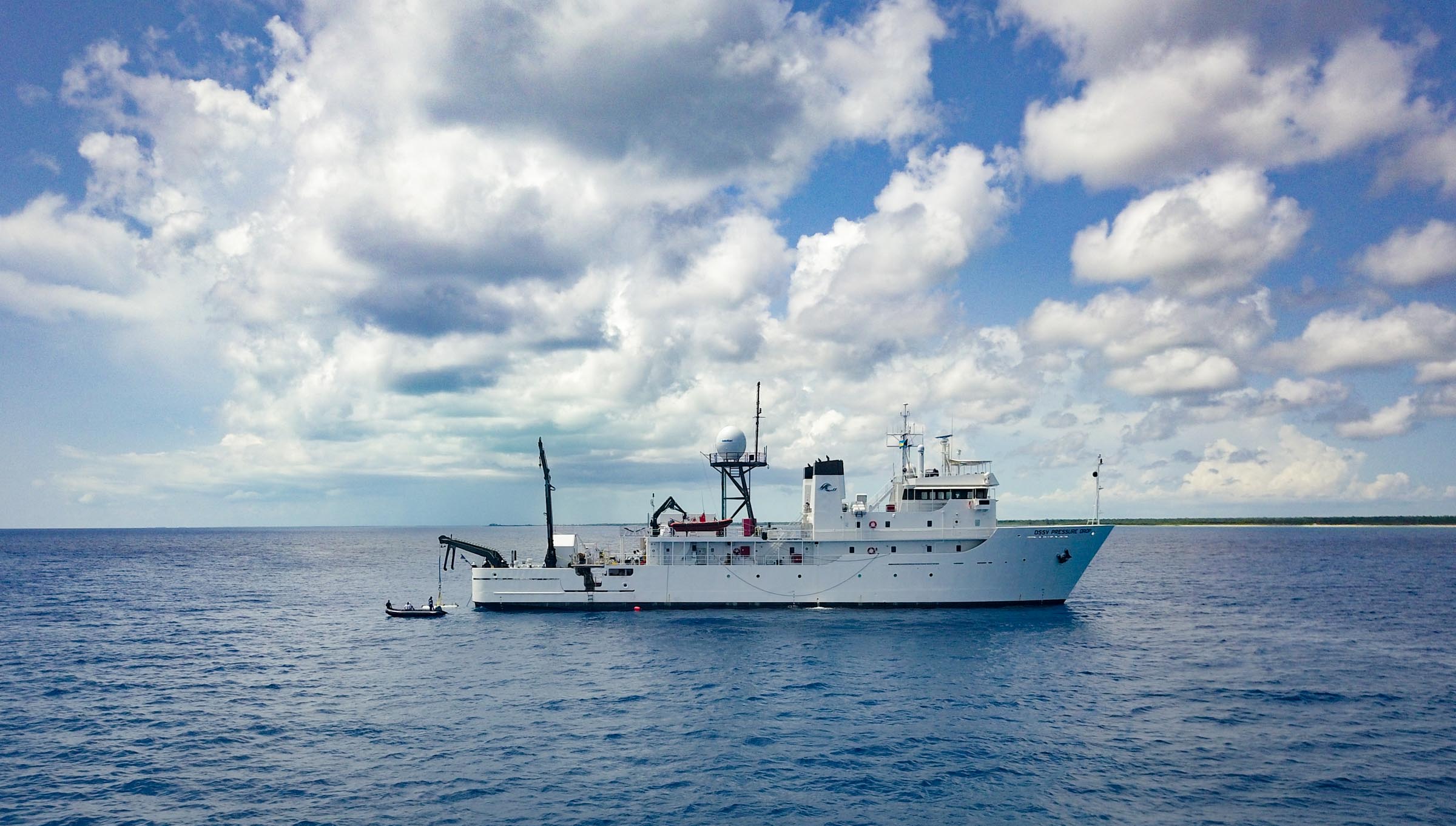
The ship has a strong research pedigree. In 2002, NOAA, the National Oceanic and Atmospheric Organization, acquired the vessel and converted it to a multiple-disciplinary platform capable of a broad range of missions. The ship conducted oceanographic research and assessments, throughout the eastern Pacific, including the U.S. West Coast, Central and South America.
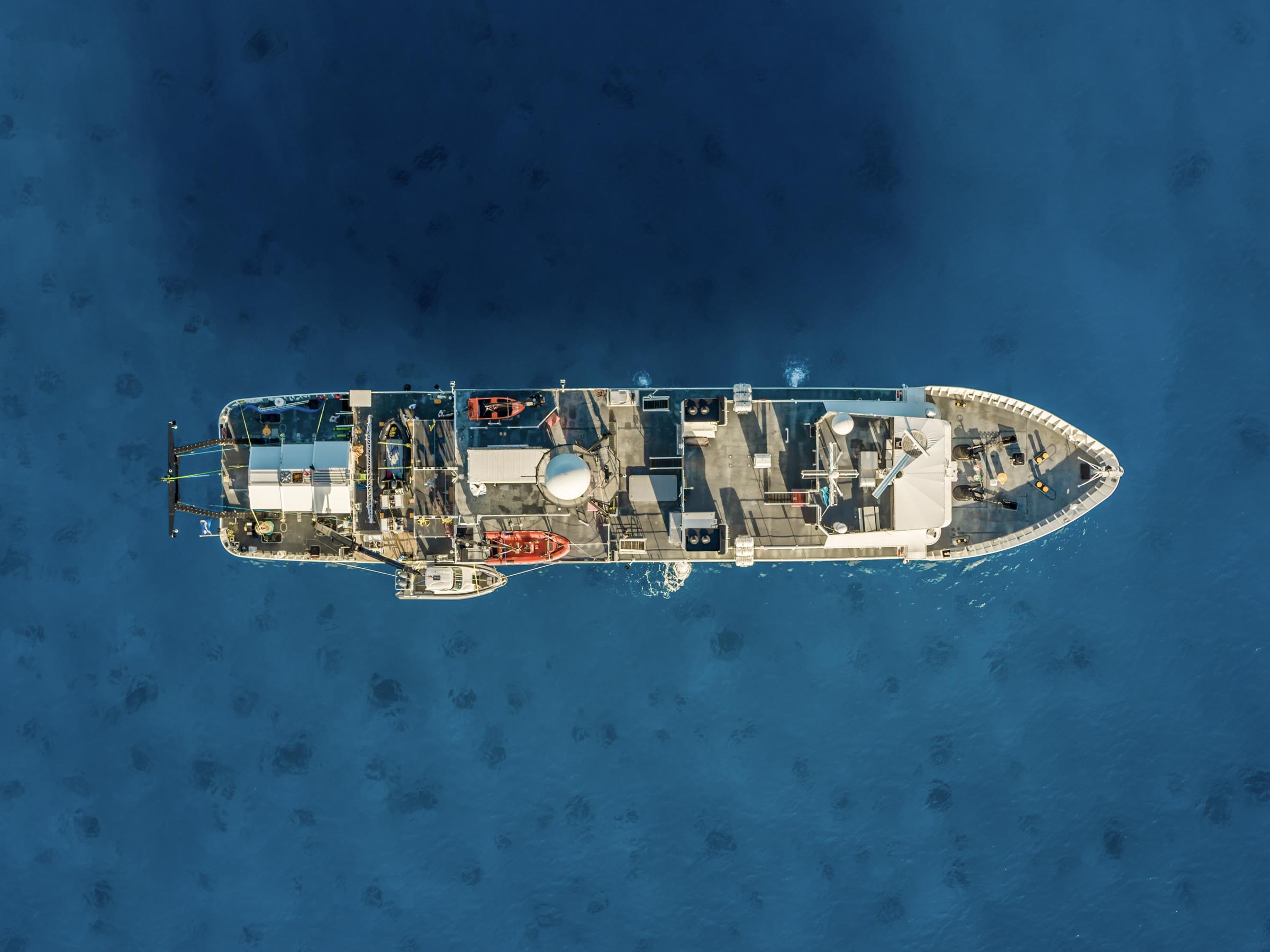
In 2017, the Pressure Drop was acquired by Caladan Oceanic and a comprehensive refit program began. Focussed largely on the accommodation and science areas, the refit has transformed the vessel into a much more comfortable and capable scientific research ship.

Her top speed is 13.0kn and she boasts a maximum cruising range of 9000.0nm at 11.0kn with power coming from two 850.0hp Caterpillar diesel electric engines. She can accommodate up to 52 people.
